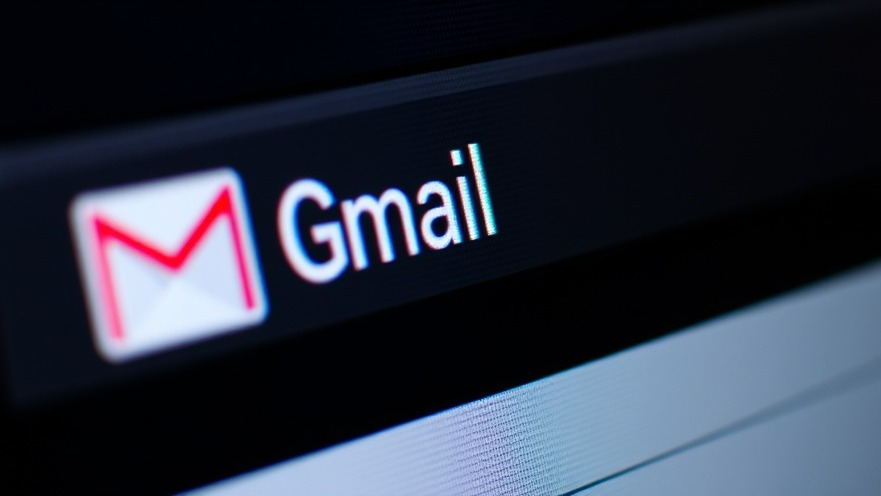
Don't Fall for This New Gmail Phishing Scheme
With digital communication at the core of our work as digital nomads, the threats posed by phishing schemes are ever-evolving. Recently, a sophisticated Gmail phishing attempt has been making rounds, tricking users into believing they are receiving legitimate security alerts from Google. Here's how to recognize these threats and safeguard your online presence.
Understanding the Tactics Behind Phishing
The latest phishing attempt lures users in with an email that likely appears genuine. For instance, a developer was targeted by an email claiming to be from no-reply@accounts.google.com. This email seemed to invite action on a supposed security alert, often invoking a sense of urgency—psychologically designed to elicit immediate response. Unfortunately, clicking through led victims to a counterfeit Google page, designed to harvest their credentials.
What makes this phishing scheme particularly insidious is its use of Google’s own service, Google Sites. By creating a webpage under a Google subdomain, scammers benefit from the trust users have in Google, making the scheme harder to identify as phishing. The email process seems clear-cut; while the message appears as if it’s coming from Google, the technicalities unmasked show it originates from a different email server. This type of subversion of trust is all too common in attempts to exploit unsuspecting users.
Identifying Phishing Emails: Key Techniques
Recognizing phishing attempts is not always straightforward. While many are easy to spot due to typos or shady design, the more complicated scams can go unnoticed by even savvy users. Here are some actionable steps to help you identify potential phishing:
Examine the Sender's Address: Always check if the sending address matches the company’s official domain. Phishing emails often use slight variations that can be easy to miss.
Beware of Urgent Language: Messages that use urgent or alarmist language are designed to pressure you into acting quickly without thinking carefully.
Check for Attachments or Links: Avoid clicking on any links or downloading attachments in an unsolicited email. Instead, navigate directly to the company’s website by typing the URL in your browser.
What To Do If You Suspect a Phishing Attempt
If you receive a suspicious email, take the following actions:
Do Not Engage: Avoid clicking links or replying to the email.
Verify Directly: Go to official websites or customer support to verify any claims made in the email.
Report the Email: Many email providers allow you to report phishing attempts, contributing to a safer digital environment.
Protecting Yourself Daily
For digital nomads permanently on the move, consistently maintaining cybersecurity is not just a recommendation; it's essential. Always ensure your devices and online services are equipped with security features such as two-factor authentication, which adds an important extra layer of protection. Regularly change passwords and opt for password managers to keep your credentials secure.
Final Thoughts: Staying Vigilant in a Digital World
As threats evolve, our caution must evolve with them. The sophistication of contemporary phishing attempts demonstrates the importance of being aware of potential scams, particularly when accessing sensitive information via email. Remaining vigilant will not only protect your accounts but also ensure you continue to thrive in your remote work environment. So as you navigate your digital workspace today, remember: if something feels off, trust your instincts.
Stay informed and take the necessary precautions to secure your digital life—because a secure workspace is a productive workspace. Don't let phishing schemes hold you back; remain proactive in protecting your vital information.
 Add Row
Add Row  Add
Add 




Write A Comment